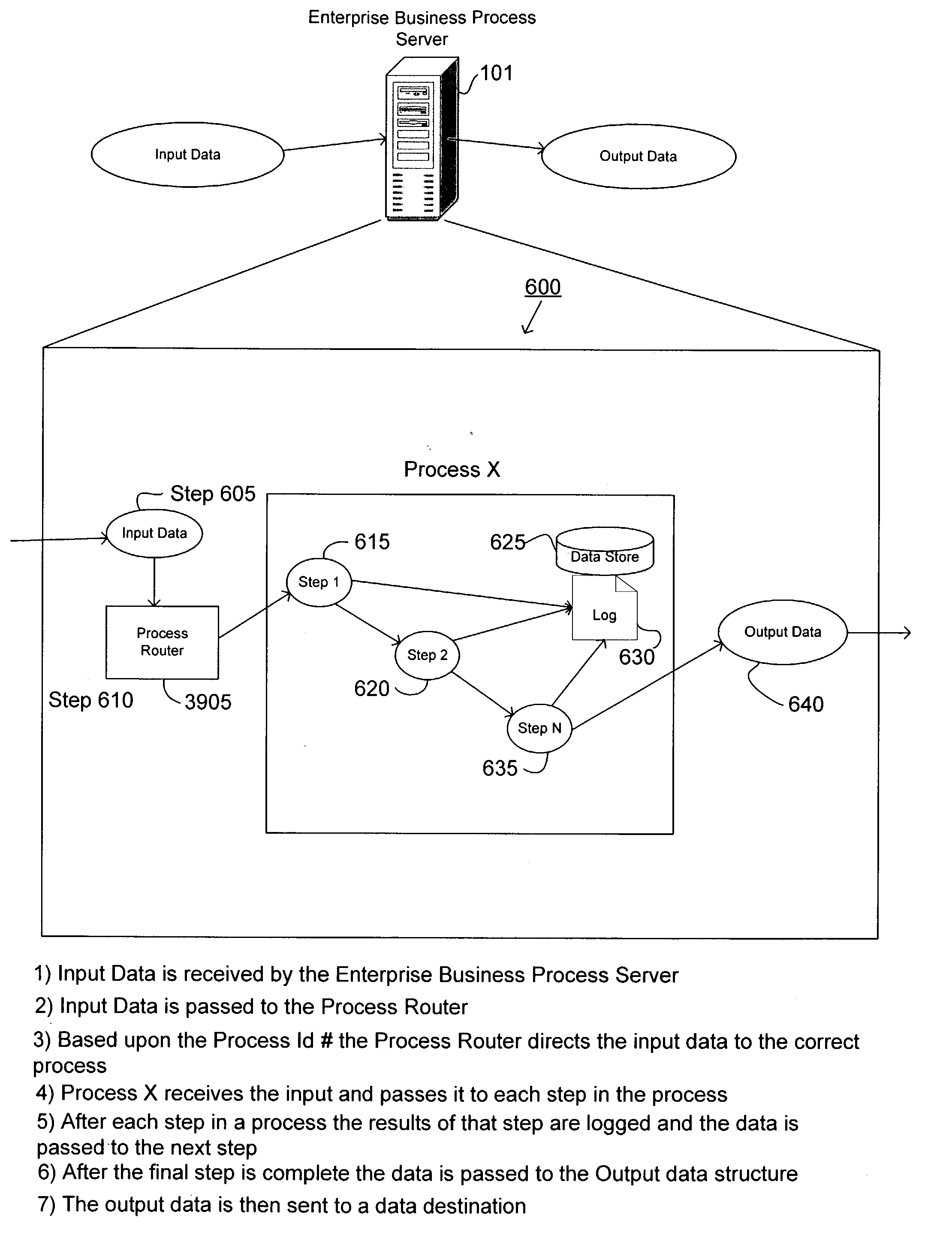Unfortunately, the automated
processing of information has also created several problems for businesses, especially where the information in the company's
data store is incorrect.
Automated
processing of incorrect information carries a high cost for businesses in and of itself.
In addition, the time, effort, and expense required to correct the undesired results can significantly
impact an organization's resources.
(1) Recipients receive multiple copies of the same offers in the mail, which may result in: (a) the sender
wasting postage and printing, and (b) the recipient being negatively affected by waste and, as a result, not ordering products;
(2) Postal systems and other message and
package shippers are unable to deliver a significant percentage of their material to the intended recipients, which may have the result that: (a) the product is not delivered on time and returned to shipper due to inaccurate address, (b) costly efforts being made to determine the correct address and repack and reship the product, (c) the invoices are returned and not paid on time or at all, (d) costly efforts are made to determine correct address and resend
invoice, (e) clients become annoyed by poor service and, as a result, switch to another vendor, if possible, and (f) customer service, billing, collections, shipping all require additional resources to perform their functions;
(3) Individual operational units contain inaccurate information on clients as well, which may have the result that: (a) enterprise efforts at consolidating information are incomplete, costly and prolonged, and (b) errors in individual operational units, when consolidated, compound the overall error rates and impair the ability for meaningful analysis;
(4) Incomplete and inaccurate information is consolidated in data warehouses, data marts, operational data stores,
customer information files and centralized data stores for CRM, ERP, SCM and other centralized processes, which may result in: (a) marketing not being unable to accurately forecast the value and potential of individual clients and
client segments and losing valuable market opportunity, (b) customer service not being able to provide the proper service and, as a result, losing clients due to dissatisfaction with service, and (c) fraud not being detected in a timely fashion, resulting in the enterprise being defrauded of large amounts of money;
(5) Operational units are unable to determine the correct tax jurisdiction and tax assignment, which may result in: (a) the enterprises not charging the right tax to the
client and paying the right amount to the right authority, (b) taxing authorities not collecting all the proper taxes due them, (c) consumers paying more taxes than they should, and (d) corporations suffering liabilities with tax jurisdictions and clients; and
(6) Customers are unhappy and move to a competitive service.
Any error in the accuracy of information as it is collected, processed and consolidated can
impact the effectiveness of multiple functions within an enterprise.
As is easily understood, the cost to the company of printing and mailing the catalog has been tripled simply because of errors in the company's
data store.
The problem of
data quality is compounded when a company includes multiple units, each of which have separate data stores that contain overlapping information, and the company tries to create a consolidated
data store.
If the company then tries to create a consolidated data store, a problem arises in that the errors in each data store compound one another.
This means that the resulting data store has an error rate of about 15%, three times higher than each of the data stores that were combined.
As may be appreciated, this problem is particularly pronounced when four or more data stores are combined together.
Furthermore, because the vendor-specific and application-specific data quality functions have unique strengths and weaknesses in detecting and / or correcting errors, the errors may be inadvertently propagated throughout the enterprise as applications pass data back and forth.
This may have the undesirable result of causing a multiplicative increase in the overall error rate for the enterprise as a whole.
While data quality solutions are beneficial to the operation of businesses, they are limited in their ability, especially in cases where companies try to create centralized data stores for multiple business entities in an enterprise or group of entities.
The known SDLC adhered to by developers of business processes, such as, for example, data quality processes, results in a time and resource costly lock-step sequential phase approach.
Project handoff between phases introduces errors into the final product and adds cost due to increased project time, increased overhead, and higher project headcount.
Still further, because the requirements definition phase may be arbitrarily halted (i.e., requirements "frozen") in order to permit
design activities to begin, the known SDLC is inflexible and unaccommodating to the evolving needs of customers for
software products.
Executives can
drill down into the performance of every segment within the organization to compare performances and causes of data quality issues.
In particular, errors may be determined and logged at the process level.
 Login to View More
Login to View More  Login to View More
Login to View More 


